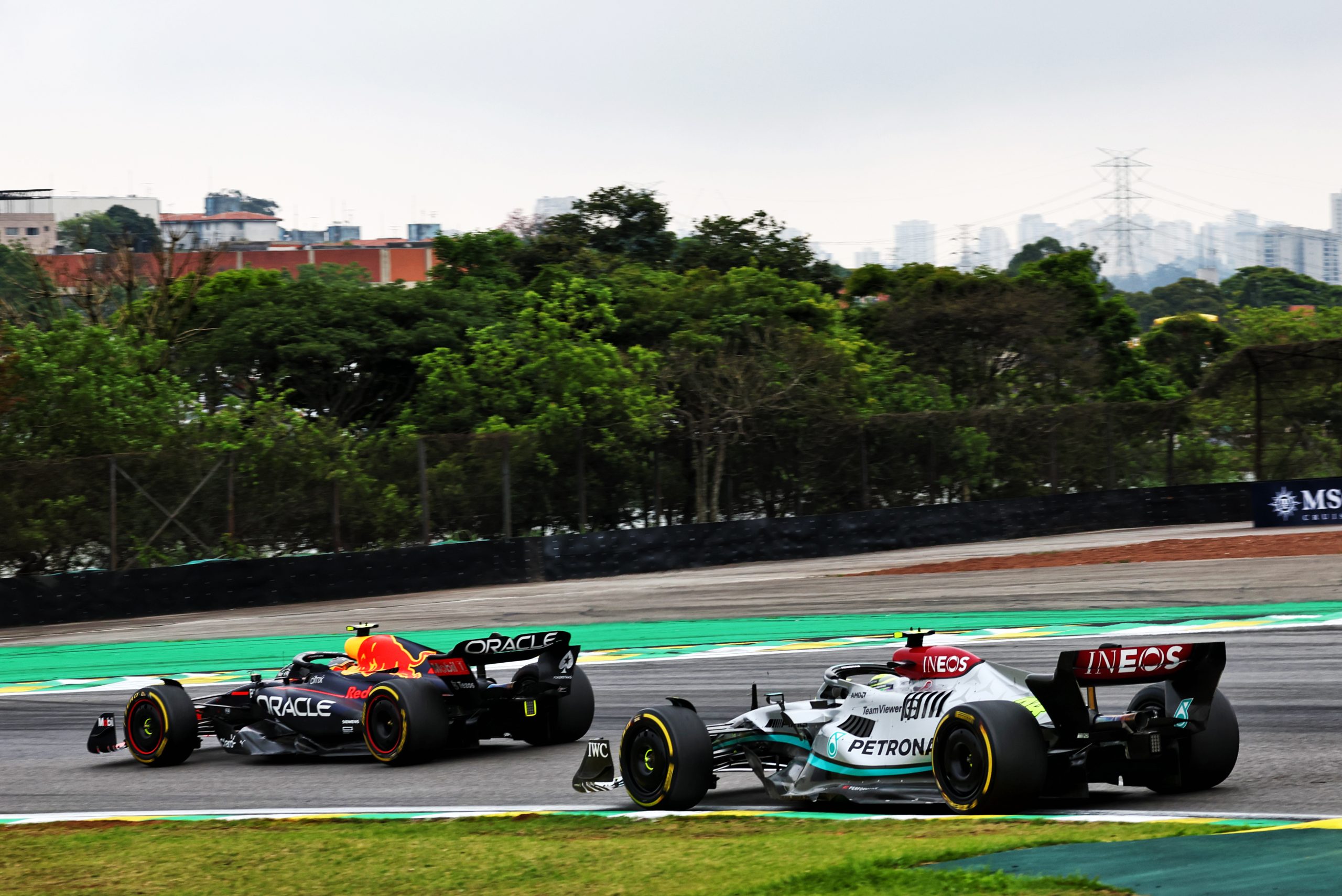[ad_1]
With Formula 1 (car) launch season just around the corner, everyone is on tenterhooks to discover the design trends that emerge for the second generation of the revived ground-effect regulations in 2023.
Despite prescriptive regulations and the teams already having had the chance to study their rivals’ first attempt at these rules, as well as learning vast amounts through running and developing their own cars, there is still expected to be plenty of room for variation.
So with F1’s launch season kicking off soon, we’ve picked out the key technical trends and themes to look out for when new cars are unveiled.
Design convergence
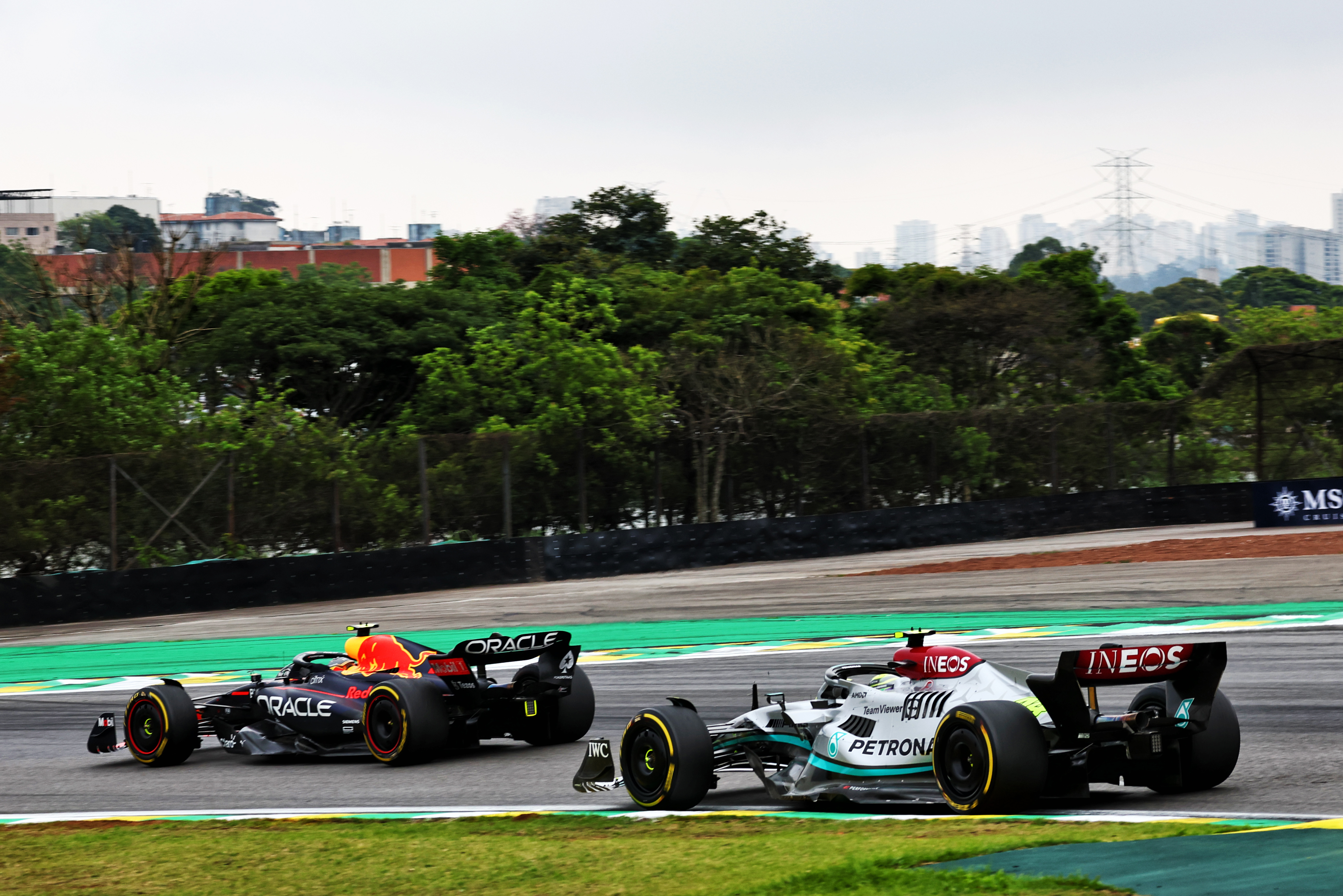
Given this is only the second year of the new ground effect regulations in F1, teams will have the chance not only to work extensively on their cars through the season but also to observe the development trends throughout the grid. Typically, there is a degree of convergence as a regs package matures, but how powerful that effect proves in 2023 remains to be seen.
Last year, there were visually-obvious differences between cars, notably the sidepod designs. Fans will hope that this divergence continues in 2023, and given different approaches yielded similar performance last year there’s a good chance this will be the case.
Front wing loading
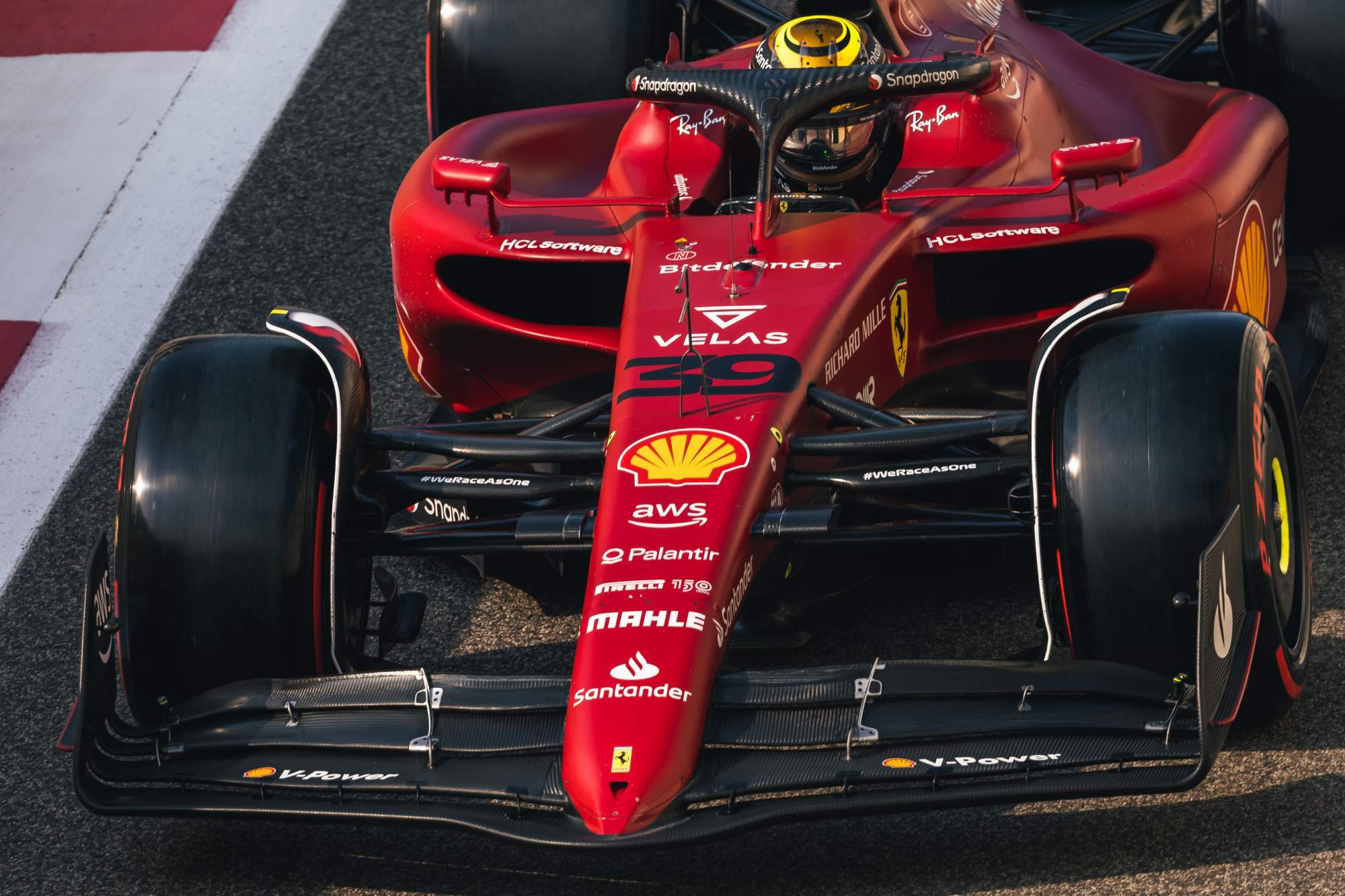
The front wing is the first thing the airflow hits and is critical to the airflow structure going over the rest of the car.
Uniform loading across the trailing edge of the flaps is the easiest to handle further downstream. We saw last year that the Ferrari and Red Bull front wings were progressively unloaded as they went outboard, whereas the Mercedes ones were much more highly-loaded just inside the front tyres – this can very easily generate transverse flow on the wings’ undersurface.
The prime objective for the front wing is to have a concept that allows you to balance the car from low-downforce circuits like Monza to high-downforce circuits like Monaco or Hungary. To achieve this, the front wing needs to be as benign as possible in its impact on the airflow structure when it is adjusted, or even trimmed, along the trailing edge.
Raised floor edges
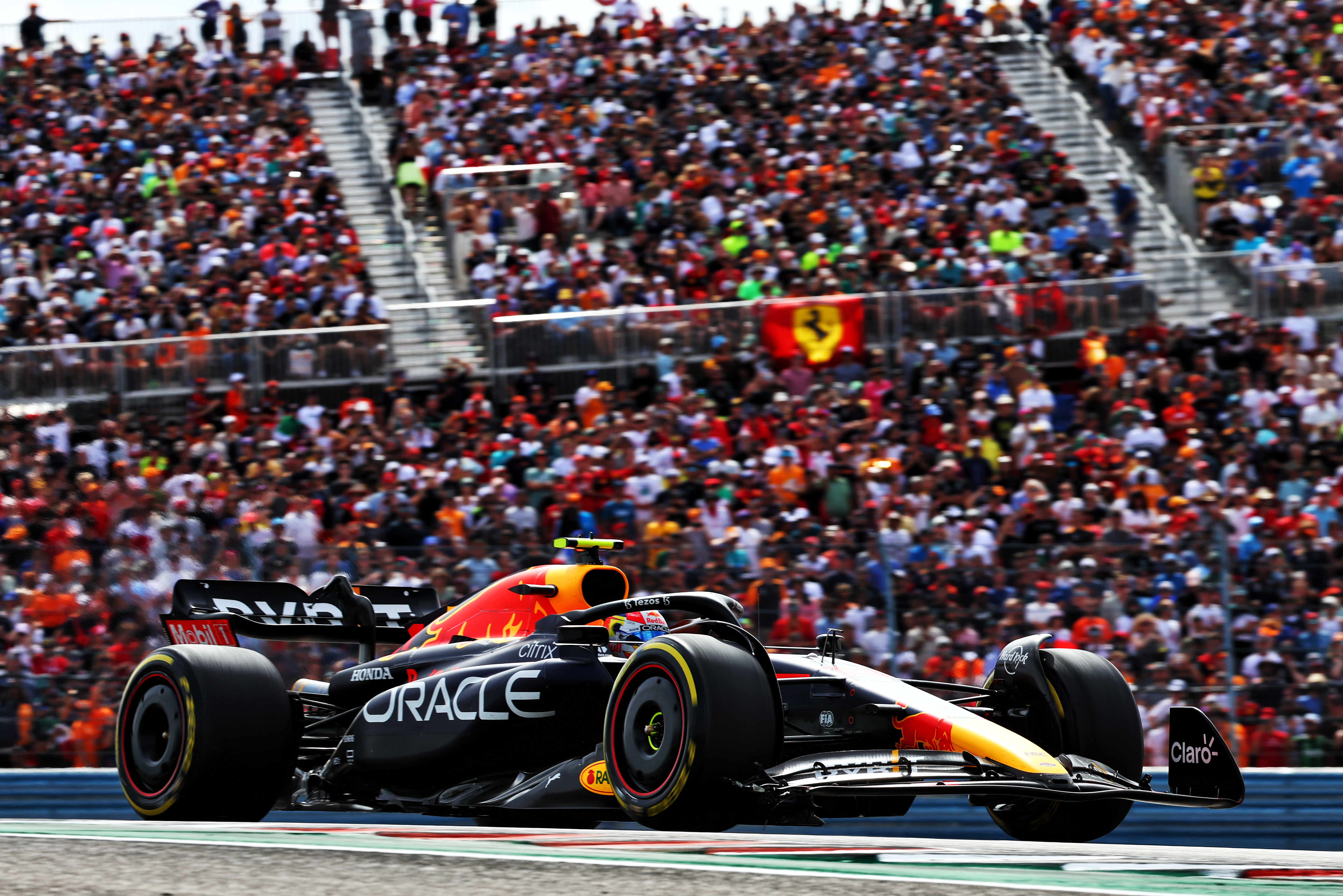
Teams have a tendency to keep an innovative floor-edge design hidden at launches, but we do know changes are coming – with regulations requiring the floor edges to be raised by 15mm. This is a measure designed to ensure that the porpoising problems that caused driver welfare concerns last year do not return or are at least reduced.
The change should be relatively straightforward, but when minor changes were made to the floors in 2021 it had a profound impact on the competitive order and laid the foundations for a fierce title fight between Mercedes and Red Bull.
The underfloor throat (the lowest point) has also been raised by 10mm, which adds up to a significant change to the all-important underfloor performance.
Front suspension configuration
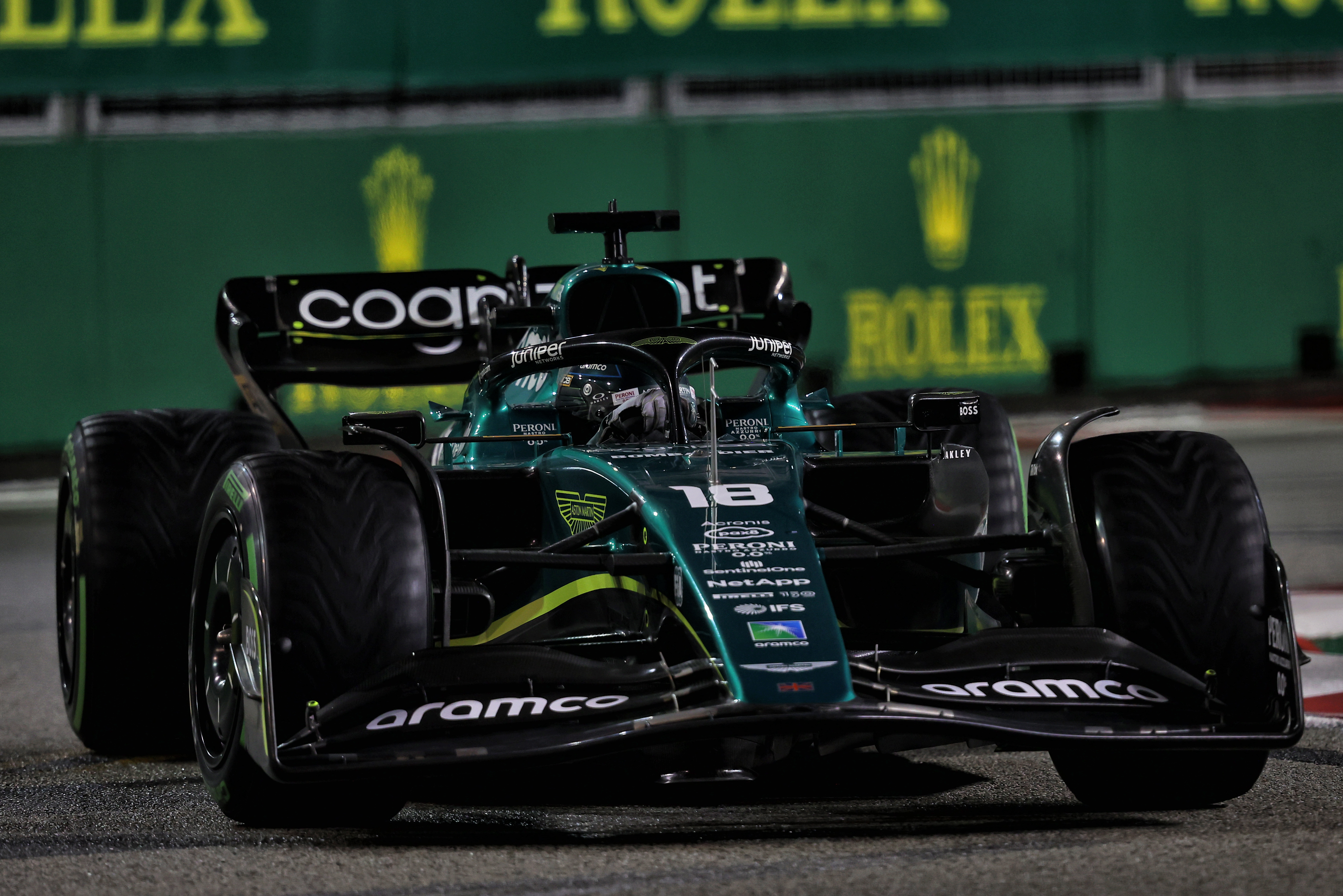
The front suspension is basically there to stop the front of the car from hitting the ground! But it must cope with hugely varying loads while minimising the overall movement.
A high-downforce car with a 45% front aerodynamic balance could have an aerodynamic load variation from 150kg at 100km/h to 1900kg at 350km/h.
During braking, these cars can initially generate 5-6g longitudinally so the initial load transfer onto the front axle could be in the region of 250-300kg. At the end of braking, the braking forces will have reduced to around 2-3g, but that’s still 100-150kg. The load transfer is a lot less, but it will still be a high percentage relative to the aerodynamic load because of the speed change.
So pullrod or pushrod is not really the critical factor. The priority of the layout of the wishbone components and the pushrod or pullrod decision will be for packaging or more importantly aerodynamic reasons as these can to some extent control some of the airflow wake coming off the front wing trailing edge. It is how you cope with that varying load.
We saw last year that Red Bull ran with a huge discrepancy in the height of the inner pickup points on the top front wishbone. This will help control some of the car movement during braking. It won’t change the load transfer, but it will reduce a lot of the potential aero load shift by supporting the front of the car better with these extreme load changes.
Rear suspension configuration
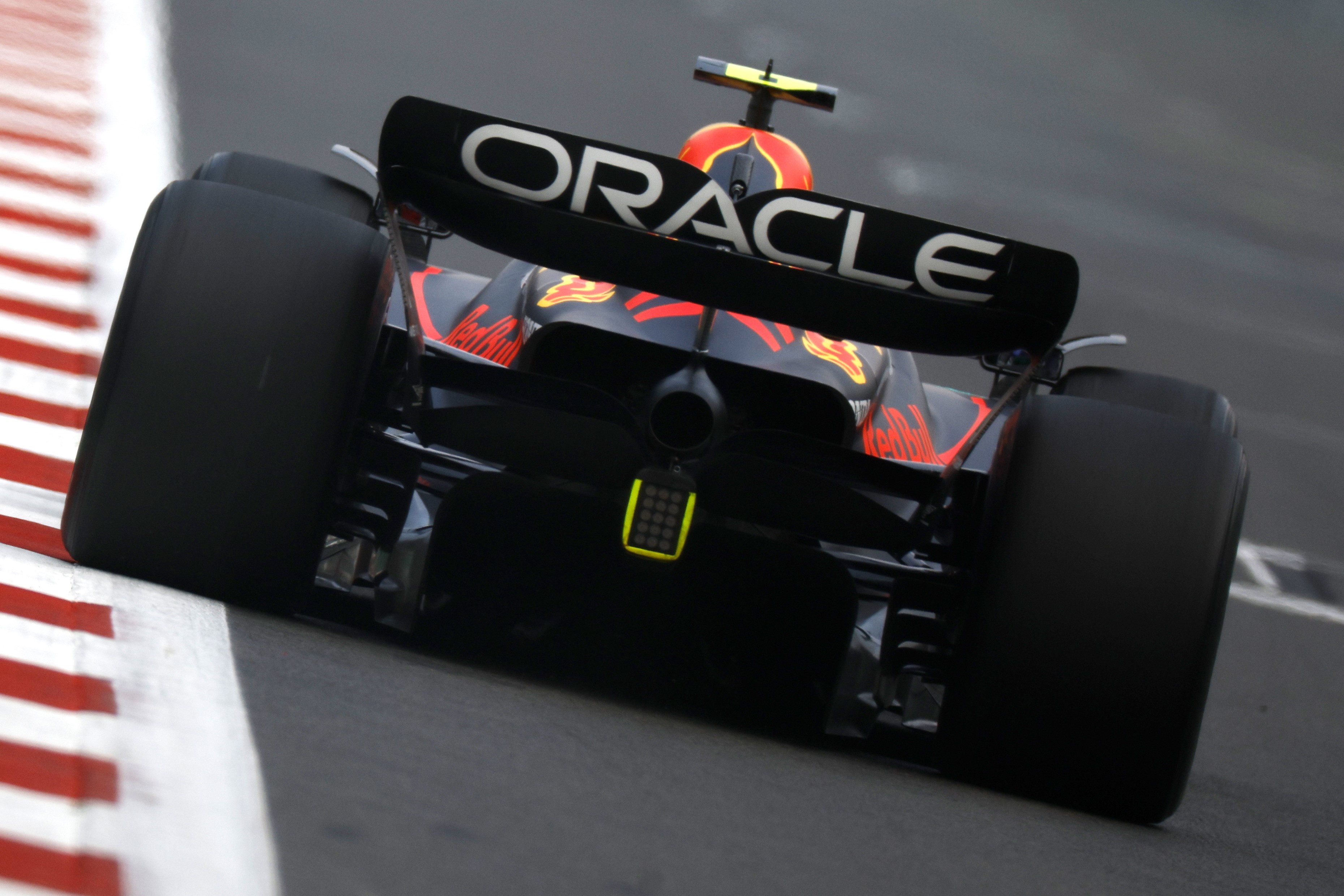
Everything has an equal and an opposite. For the same overall aerodynamic load as above, the rear suspension has to cope with a variation from something like 190kg at 100km/h to 2300kg at 350km/h and the load transfer during braking of the rear axle could be initially as much as 300kg.
Again, this is all happening while the car is slowing down and losing its aerodynamic load.
As above, a pullrod or pushrod system is not the critical factor. Again, this will be dictated by packaging and the location of the wishbones, etc., which will be placed fairly high to get the best airflow through to the diffuser trailing edge. If a pullrod system is used it could interfere with the critical inner part of the diffuser design whereas a pushrod system, because of the high lower wishbone position, wouldn’t compromise the diffuser design.
As with the front suspension, last year Red Bull ran with a huge discrepancy on the top wishbone inner pickup points. This is called anti-lift and is there to hold the rear of the car lower when the braking load transfer happens.
If you can get the centre of aerodynamic pressure to go rearwards whilst this braking load transfer is going forward you will have a much more stable car under braking. The only way to do that is to hold the rear of the car as low as possible during braking.
With these cars as heavy as they are the actual weight distribution and the load transfer under braking is much more dominant than in the past. You need to be travelling in the region of 170km/h before the aerodynamic loads start to dominate.
Cooling package
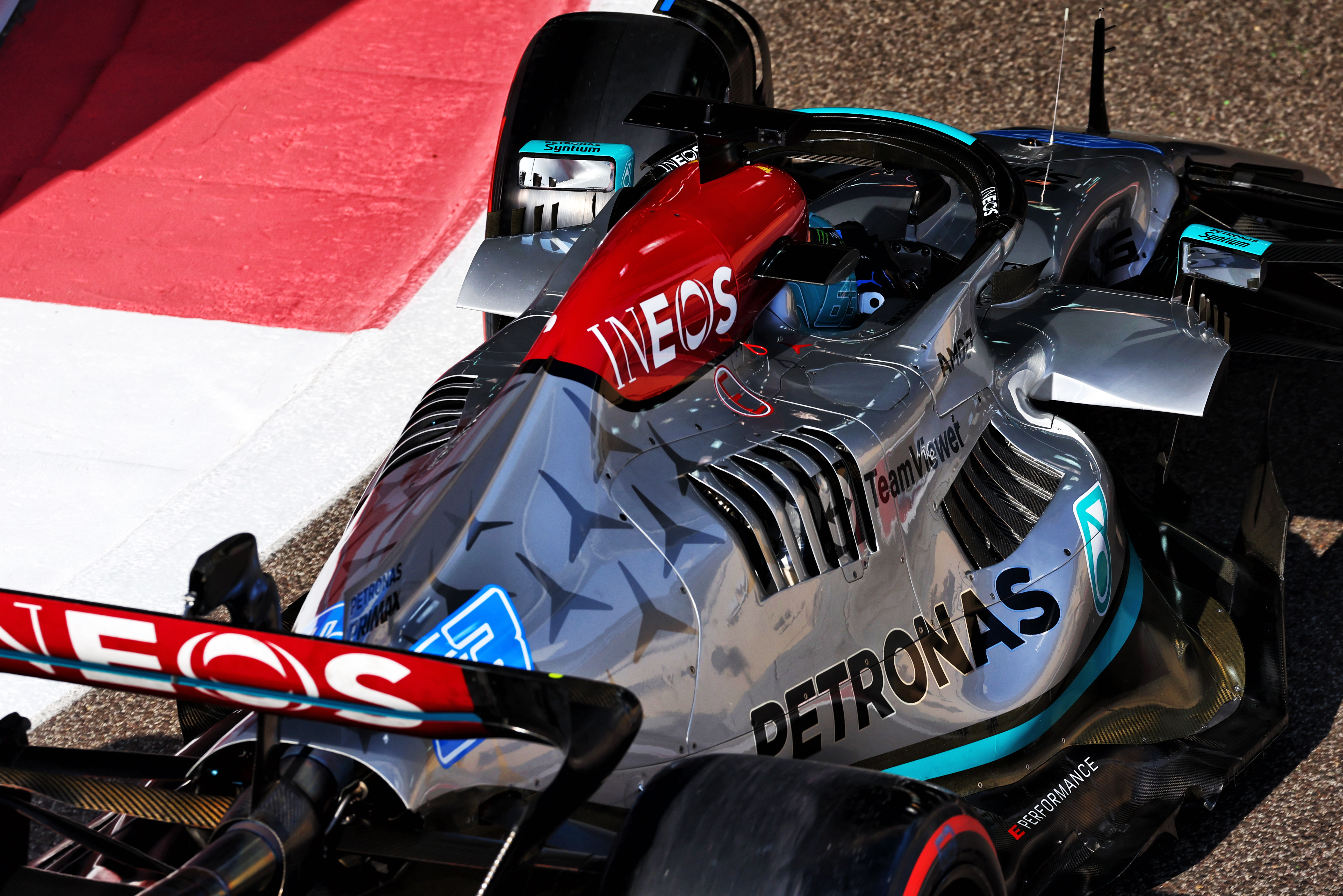
This is the area we never see in detail. There are many things that need cooling – water, engine oil, gearbox oil, hydraulic oil, the intercooler, battery pack and various other electronic components. Hot-liquid-to-cool air is not a bad way to go for most of these components, but we have seen that Mercedes last year went down a new route.
The big question is where you put your priorities. Sometimes, it’s simply better to accept the simplest solution allowing you to put your expertise into optimising the system to allow it to all work together as one integrated package.
Yes, airflow that is used for cooling will have lost most of its energy, so will be useless at generating downforce. That means the less you can use and the maximum you can get from it, the better for overall performance. So it is a critical decision in the initial car concept.
To get the best power unit performance, and with that reliability, you need to be able to run the car’s water and oil temperatures within something like a 10°C window if not less. To achieve that with ambient temperatures that could vary from 10-35°C is no easy task.
Whatever system you choose needs to have a wide range of cooling specs, otherwise you will compromise the car’s performance when you have to go to either extreme.
Side impact structure solution
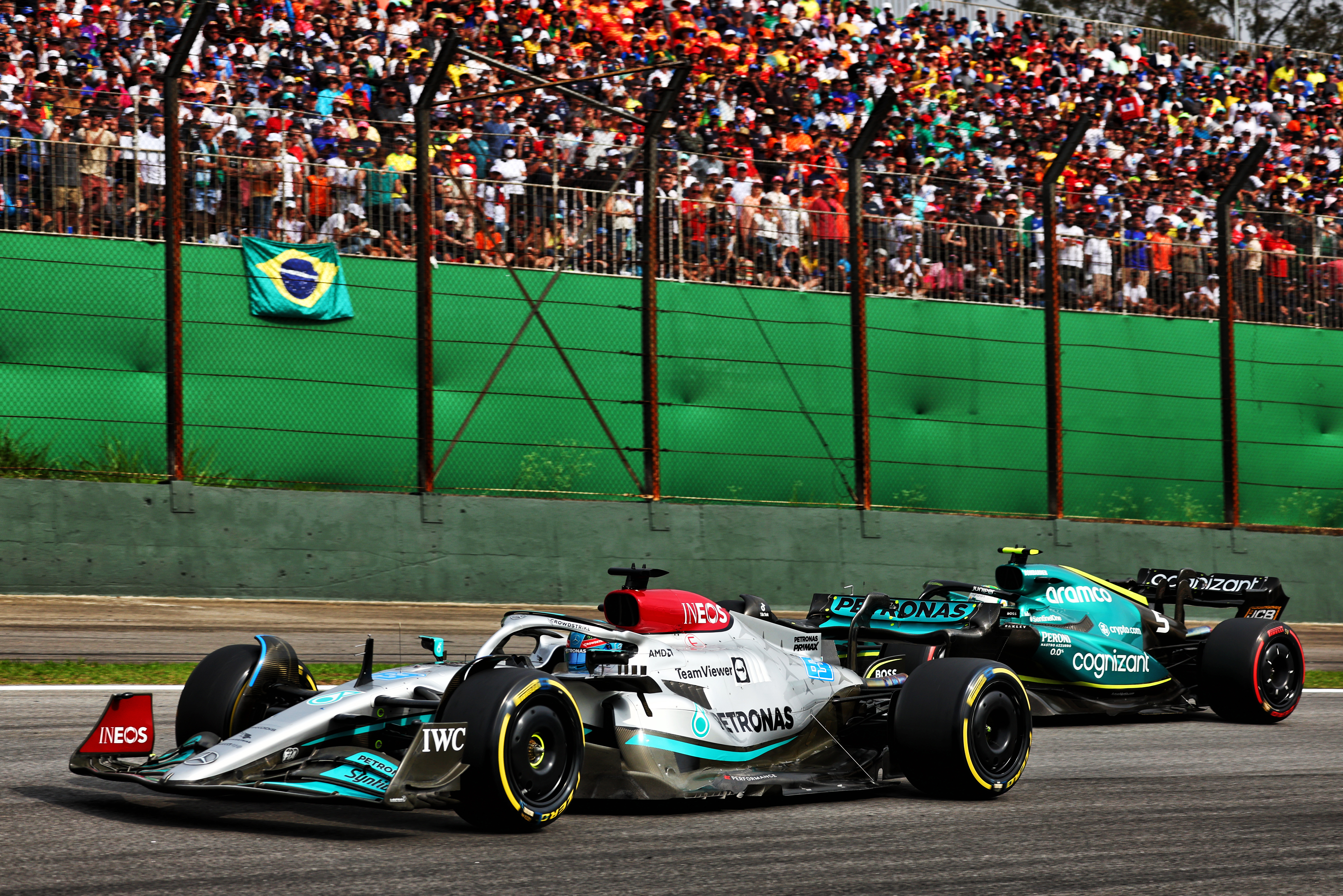
Last year, Mercedes went off on a tangent in this area. The regulations required the side impact structures to be housed in the bodywork, so the vision was that they would be inside the sidepod body surface.
Mercedes, rightly, got away with its interpretation. The SIPS cone was still housed in bodywork, it just wasn’t the sidepod body surface. On other cars, we saw some discreet bulges where the side impact structures ended, but in general no one went to the same extreme as Mercedes.
This year, however, is a different kettle of fish, the floodgate has been opened and it will be very interesting to see who comes up with what.
Getting the sidepod leading edge or at least the bulk of it further away from the turbulent wake behind the front wheel is an area for potential overall performance gains, it just depends on how brave you are at pushing the regulations into the grey areas that will always exist.
Sidepod concept
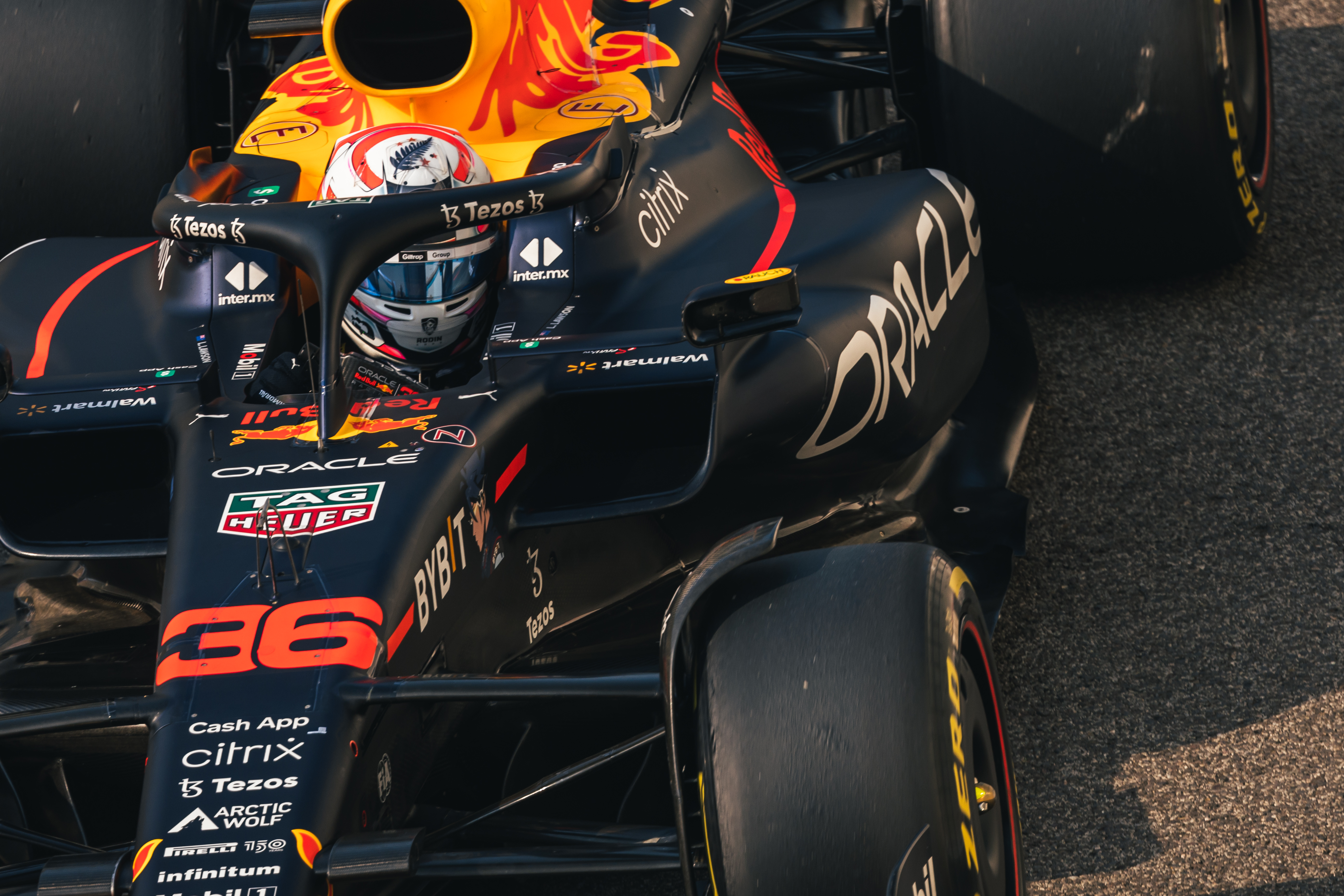
This really goes hand in hand with the side impact structures. The inlet needs to have high pressure and the exit low pressure. That way, you get flow through the internal radiator core.
But there is so much more going on at the leading edge and down the sides of the sidepods that hopefully we will see some varying concepts.
The radiator inlet and the inlet to the underfloor can at times fight with each other. A positive pressure on the rad inlet and a negative pressure on the floor inlet can very easily mean that the flow is being pulled around and be going under the floor just where you don’t want it.
In the past ground effect cars normally had a forward-facing inlet and a top exit and I have seen the flow through the radiator going in the opposite direction to what was intended, coming in the outlet, out of the inlet and straight under the leading edge of the underfloor.
The teams now have much better equipment to analyse the airflow structure around the car, so I wouldn’t expect anything as dramatic as this to happen. But it only takes one small step in the wrong direction for airflow to cry enough and find the easiest route, or simply give up.
Rollover structure
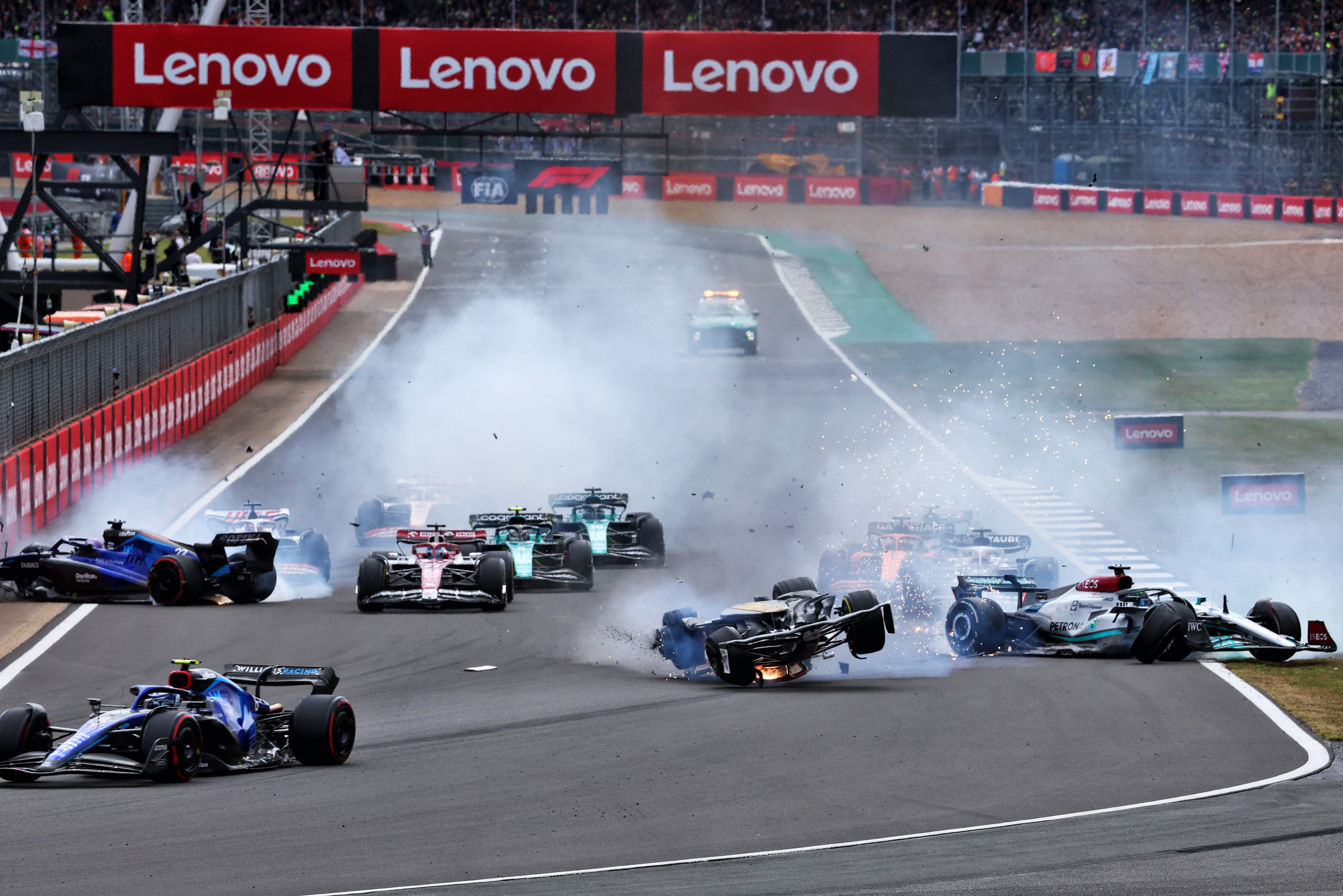
After Zhou Guanyu’s spectacular crash at the start of the British Grand Prix, changes were made to the rollhoop regulations. This is because the Alfa Romeo’s primary roll structure failed in the accident.
This has led to the single-spike rollhoop being outlawed through the introduction of more complex geometry demands that will ensure a stronger, more three-dimensional design.
As part of these changes, the load tests have also changed to apply the test force higher up on the rollhoop.
This means a more complex, robust primary roll structure, which will mean an increase in the rollover bar weight – which, with it being high up, is just where you don’t want it.
The question is whether everyone will default to a similar approach, or if we will see some variation in this area.
Weight
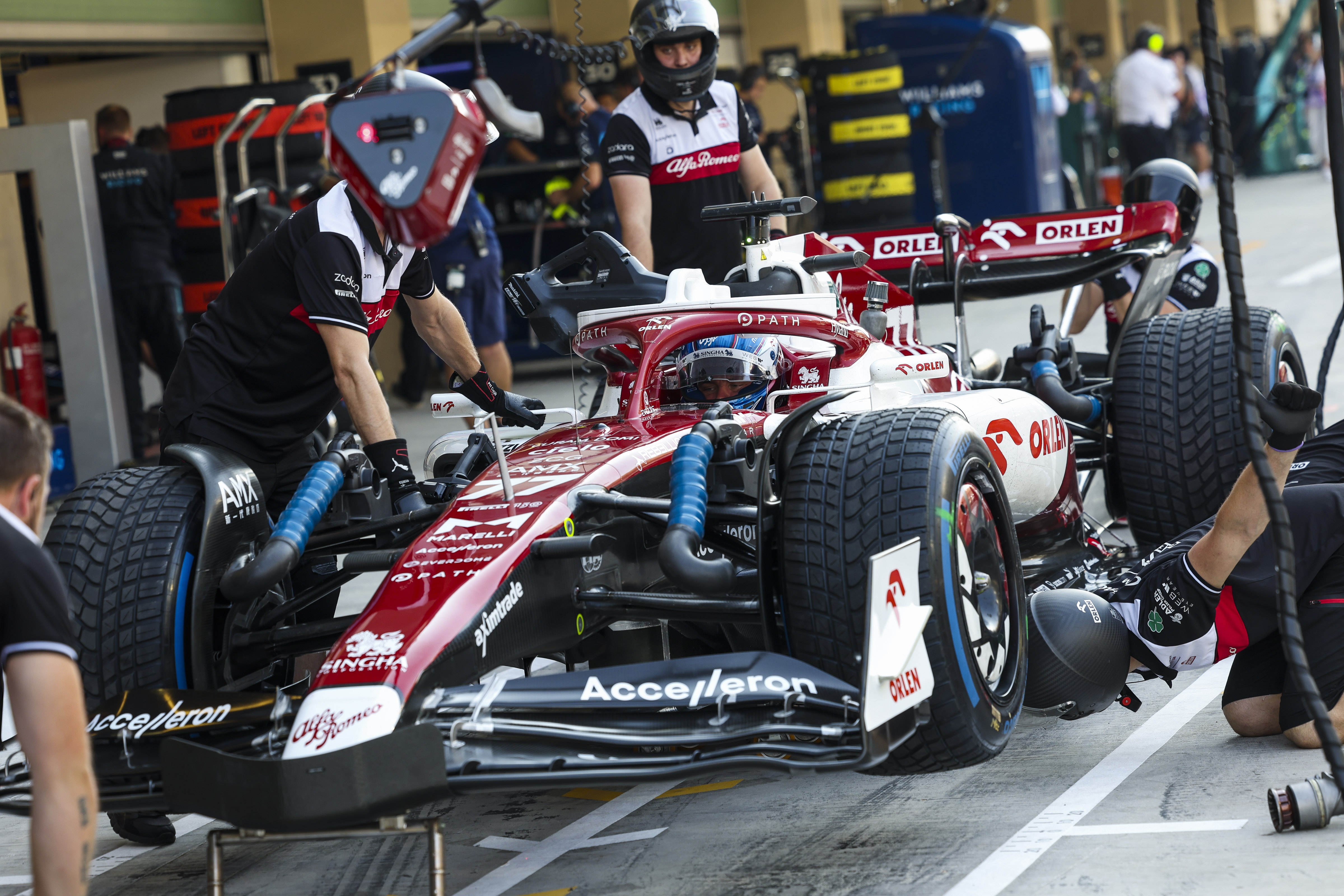
The weight of the car will be invisible when the cars are launched, but this could have a big impact on performance in 2023.
At the start of last season, only Alfa Romeo was on the weight limit despite it being raised to 798kg on the eve of the season. This year, that drops to 796kg and all 10 teams have targeted getting down to that level from the start.
With 10kg of weight worth 0.3-0.4s per lap, subject to track configuration, that’s significant in terms of laptime. But weight distribution is also a factor.
The regulations stipulate a mandatory weight distribution range (of 44.5%-46% front load) which must be respected throughout qualifying.
Last year, shifting the weight distribution rearwards within that tolerance helped reduce the understeer for Red Bull and when you add fuel for the race, which will be around 100kg, you need to make sure the weight distribution goes in the correct direction to get the best performance from the car and reduced tyre degradation early in the race.
Loopholes

The FIA has worked hard to eliminate loopholes, and as with the outlawing of the Aston Martin rear wing endplate design and the Mercedes front wing endplate concept, has cracked down on legal ideas that go against the intent of the rules. The question is, what other loopholes might be lying in wait to be exploited?
All 10 teams will have scoured the regs for such ideas and any of them could spring a surprise. But chances are that if there is such a trick it won’t be revealed until the car runs in testing.
If anyone has hit on such an idea, it will become a big talking point but provided it is legal under the current wording, it won’t be until next year that this can be outlawed if the FIA feels it’s against the intent of the regs.
[ad_2]
Source link
